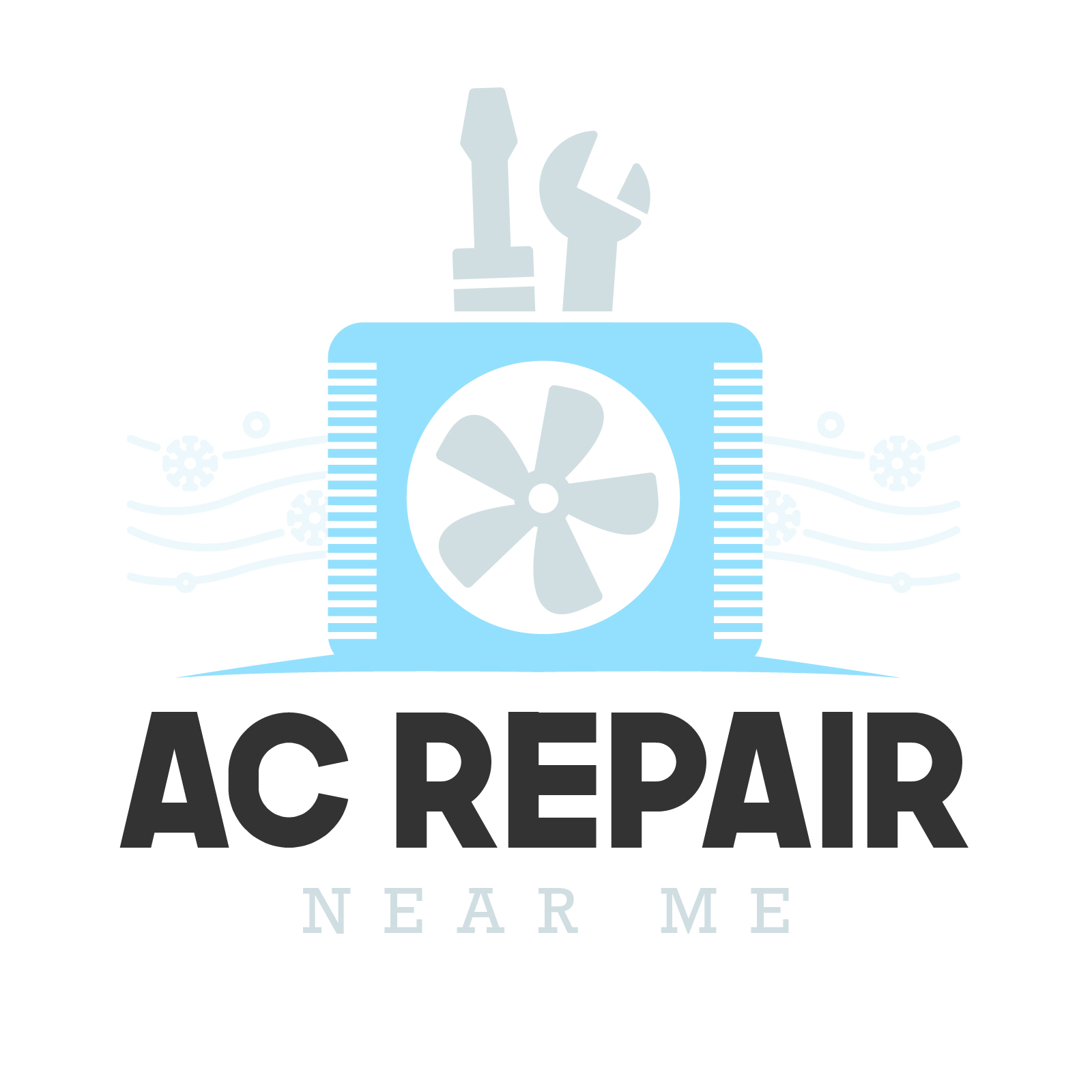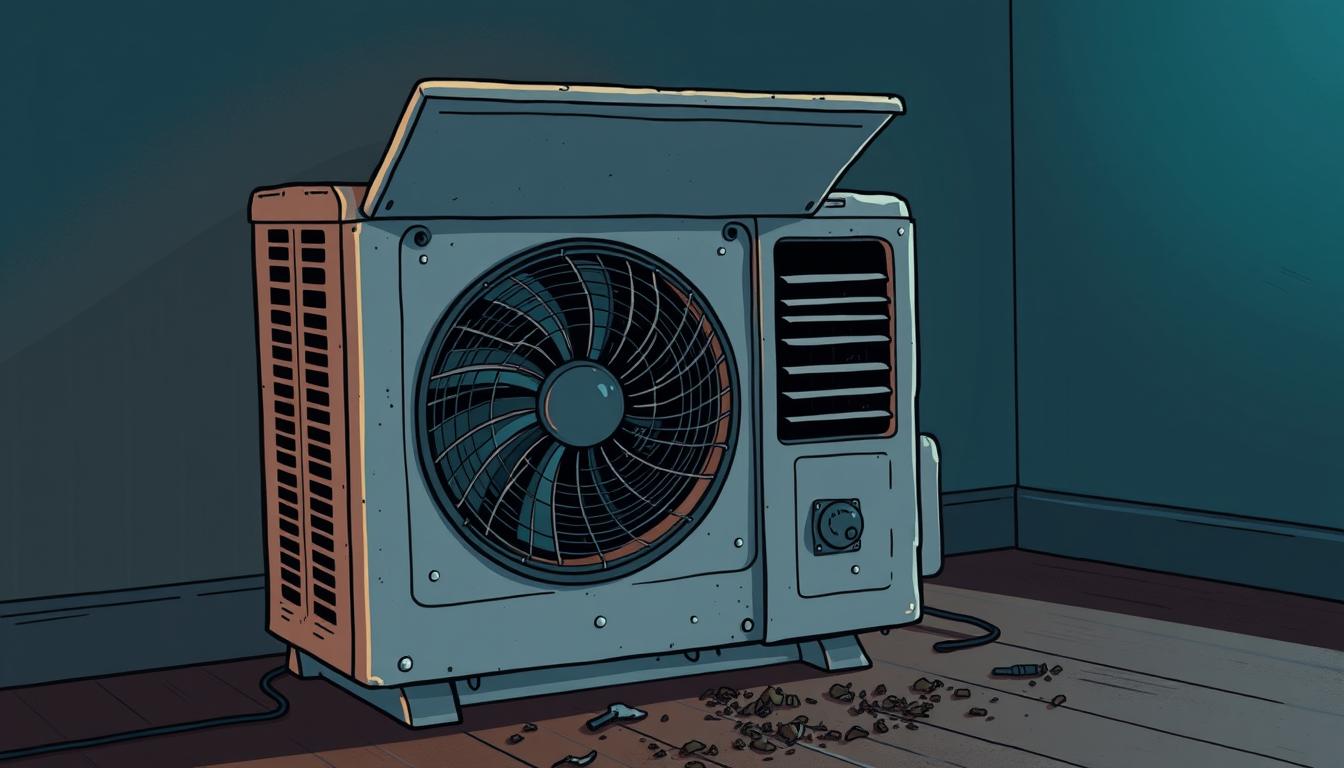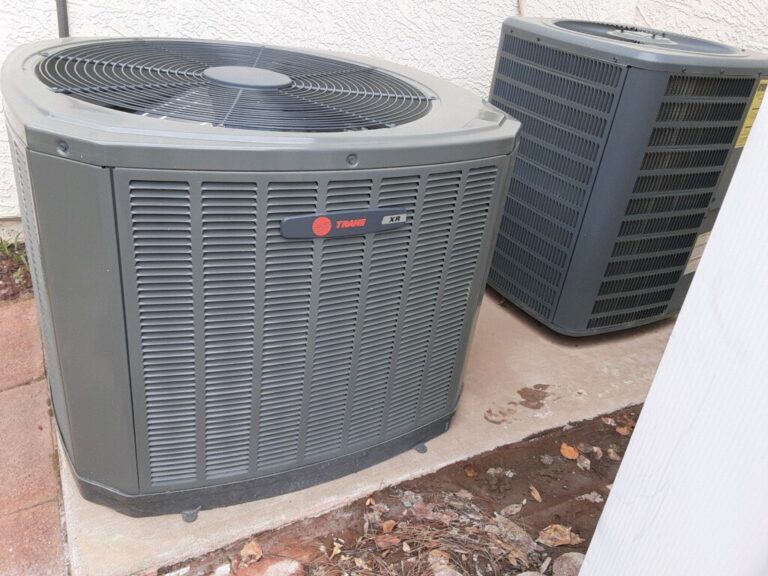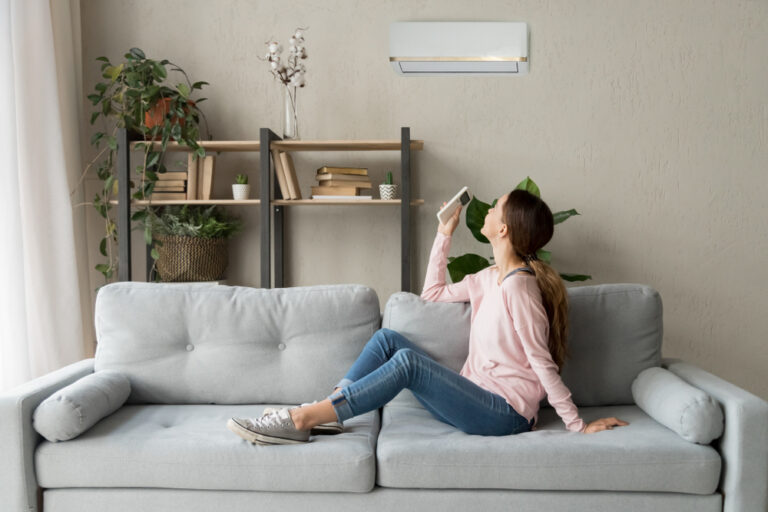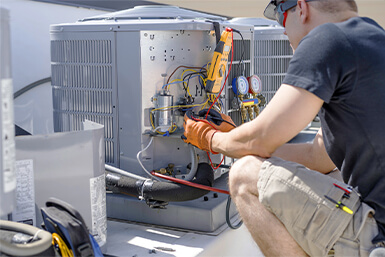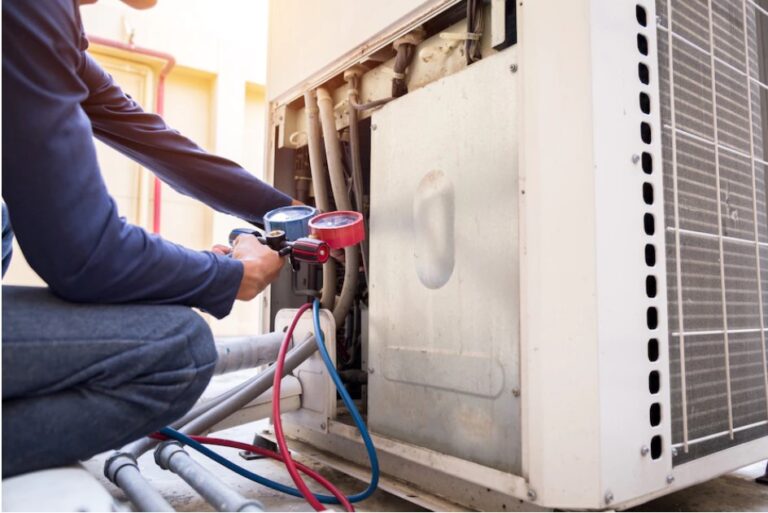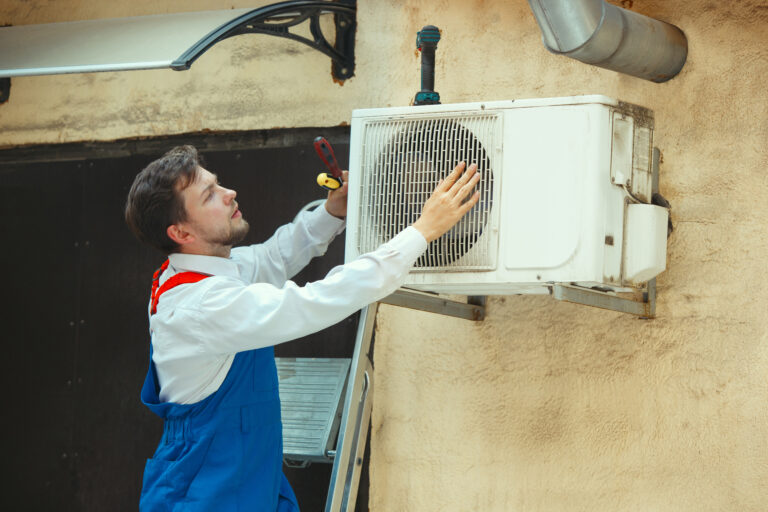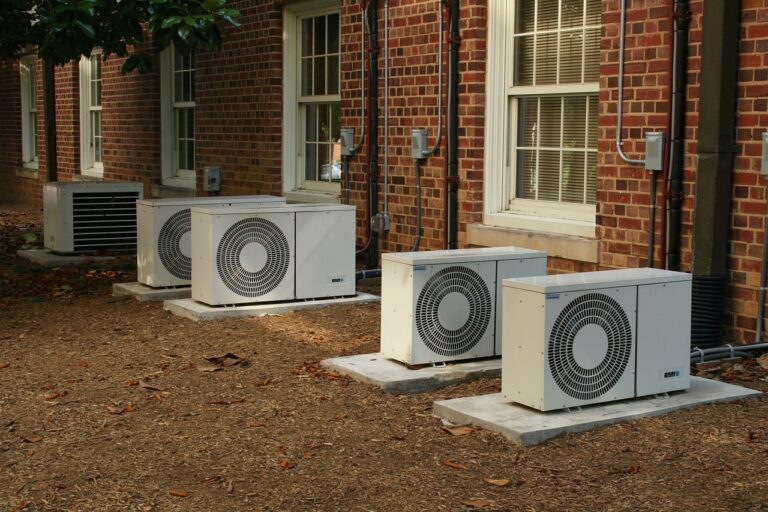Why Is My Air Conditioner Not Blowing Cold Air? Causes and Fixes
Discovering your air conditioner isn’t providing the cool relief you need can be frustrating, especially during the hot summer months.
This comprehensive guide will help you understand why your cooling system might be failing to regulate the temperature in your home and provide practical solutions to address the problem.
By exploring common causes of air conditioning issues and understanding the basic components of your cooling unit, you’ll be better equipped to diagnose and potentially fix the issue.
Key Takeaways
- Common causes of air conditioner problems
- Practical solutions to restore cooling
- Understanding the basic cooling process
- Diagnosing temperature regulation issues
- Simple maintenance tasks to prevent future problems
Understanding How Your Air Conditioning System Works
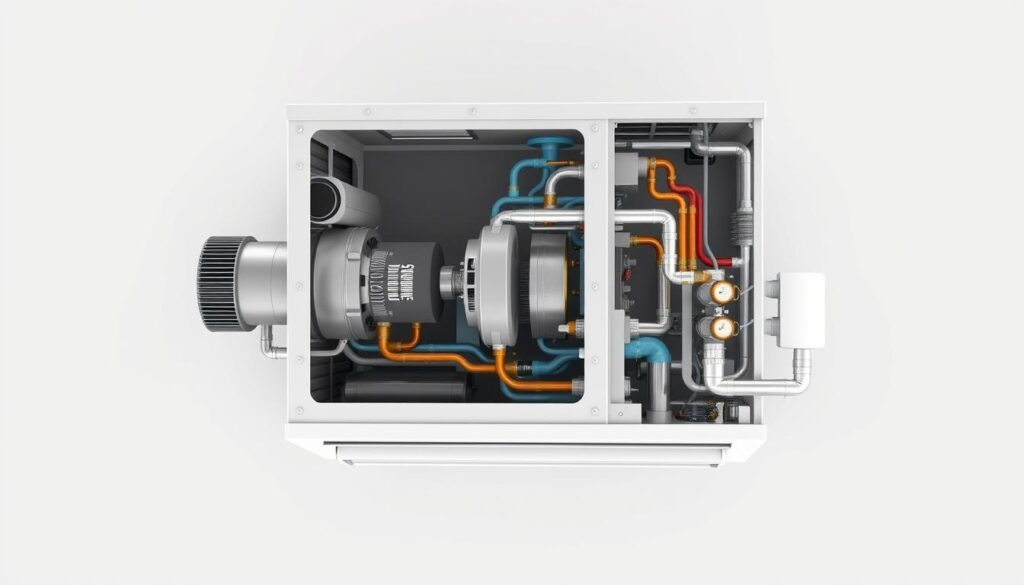
To tackle the issue of your air conditioner not blowing cold air, it’s essential to grasp the fundamentals of how your air conditioning system operates. Your air conditioning unit uses a liquidrefrigerantthat passes over the indoorevaporator coilsto absorb the heat inside your home. This process transforms the liquid into an icy gas, which is then used to cool the air that is circulated throughout your home.
The Basic Cooling Process
Thecooling processbegins when the liquid refrigerant absorbs heat from your home and turns into a gas. This gas is then carried to the outdoor condensing unit, where it releases the heat to the outside air and transforms back into a liquid. This continuous cycle is what allows your air conditioning system to maintain a cool temperature inside your home.
Key Components of Your AC System
The key components of your air conditioning system include thecompressor, which pressurizes the refrigerant; thecondenser coils, where heat is released outside; theevaporator coils, where cooling occurs; and the air handler, which distributes the cooled air. Understanding these components and their roles can help you identify potential issues when your AC isn’t blowing cold air properly.
Common Reasons Why Your AC Is Not Blowing Cold Air
When the mercury rises, a malfunctioning air conditioner can be a real nuisance, especially when it’s not blowing cold air. Understanding the causes behind this issue is crucial to resolving it effectively.
Refrigerant Issues: Leaks and Low Levels
If your central AC is not blowing cold air, the refrigerant may be the problem. The unit could be running low and need additional refrigerant added. The most likely cause of this is a refrigerant leak. A leak not only keeps the AC unit from cooling properly, but it can also cause other issues within the home. Signs of refrigerant problems include ice formation on the refrigerant lines and hissing sounds that might indicate a refrigerant leak.
| Signs of Refrigerant Issues | Description |
|---|---|
| Ice Formation | Ice on refrigerant lines |
| Hissing Sounds | Indicates a potential refrigerant leak |
Dirty or Clogged Air Filters
Another common problem with AC units are filters that are dirty or clogged. All year long, these filters work overtime trapping hair, lint, dust, and pollen. It doesn’t take long for them to become full if they are not changed regularly. When this happens, the air cannot flow correctly into the home and your AC unit may shut off because it can’t get enough air. Experts recommend changing filters every 1-3 months depending on usage and environmental factors.
Thermostat Problems
The thermostat is where all the action starts. The AC will not turn on until the air temperature in the room rises above the control setting. The first step is to make sure the thermostat setting has not been changed. Make sure it is set to auto or cool. Thermostat problems can range from incorrect settings to calibration issues or even power problems. A malfunctioning thermostat might not properly communicate with your AC system, causing it to run incorrectly or not at all.
Checking Your Air Filters and Vents
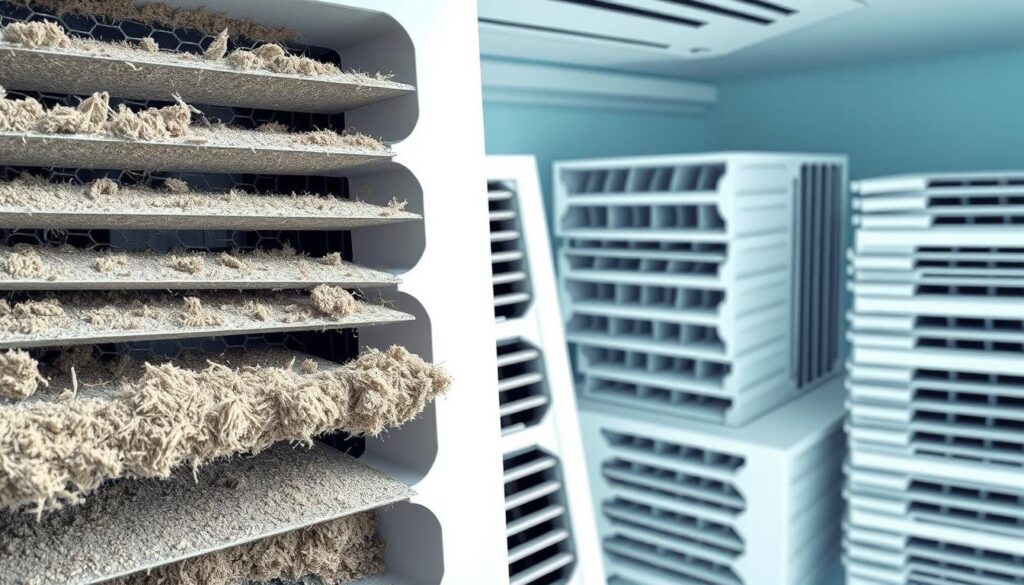
Maintaining your air conditioning system’s efficiency is crucial, and one of the simplest ways to do this is by checking your air filters and vents regularly. A dirty or clogged filter can significantly reduce your AC’s performance, causing it to work harder and consume more energy. Similarly, blocked vents can disrupt airflow, leading to uneven cooling and increased strain on your system.
How to Inspect and Replace Air Filters
To keep your AC running smoothly, it’s essential to inspect your air filters regularly. Most residential systems have filters located either at the return air registers or in the air handler unit itself. Check your system’s manual to locate all filters. When inspecting filters, hold them up to a light source – if you can’t see light passing through, it’s time for a replacement. Standard 1-inch filters typically need replacement every 1-3 months, while thicker media filters may last 3-6 months. Ensure you purchase the correct size filter and pay attention to the MERV rating appropriate for your system. For more detailed steps on maintaining your air conditioner, you can refer toimportant steps for successful airconditioner.
| Filter Type | Replacement Frequency | MERV Rating Consideration |
|---|---|---|
| Standard 1-inch filters | Every 1-3 months | Check system compatibility |
| Thicker media filters | Every 3-6 months | Higher MERV for better filtration |
Ensuring Proper Airflow Through Vents and Registers
Checking your vents and registers is equally important to ensure proper airflow. Make sure they’re fully open and not blocked by furniture, drapes, or other objects. Closed or blocked vents create pressure imbalances in your ductwork that can reduce overall system efficiency. Vacuum register covers regularly to remove dust buildup that can restrict airflow into rooms. If you notice visible dust or debris coming from the registers when the system runs, consider having your vents professionally cleaned.
Thermostat Troubleshooting Steps
A malfunctioning thermostat can cause your air conditioning system to stop blowing cool air entirely. The thermostat serves as the command center for your air conditioning system, controlling the temperature and communicating with your AC unit to turn it off and on as needed.
Verifying Thermostat Settings
Start troubleshooting by verifying that your thermostat is set to “Cool” mode rather than “Heat” or “Fan.” This simple oversight is surprisingly common. Ensure that the temperature setting is at least 5 degrees below the current room temperature to activate the system properly.
Battery Replacement and Reset Procedures
For digital thermostats, weak batteries can cause erratic behavior or display issues. Replace batteries annually or when the low battery indicator appears. Many modern thermostats have a reset button or procedure that can resolve electronic glitches. Consult your owner’s manual for specific instructions.
When to Consider a Thermostat Replacement
If your thermostat is more than 10 years old, has inconsistent temperature readings, or if your system short-cycles frequently, consider replacing it. Upgrading to a programmable or smart thermostat can improve both comfort and efficiency when your current model is outdated. Ensure the new model is compatible with your specific air conditioning system to avoid communication issues.
By following these thermostat troubleshooting steps, you can identify and potentially resolve the issue causing your air conditioner to not blow cold air. If the problem persists, it may be necessary to consult a professional HVAC technician.
Coil and Compressor Problems
When your air conditioner fails to blow cold air, the issue often lies with critical components like the evaporator coil, condenser coil, or compressor. These parts play a crucial role in the cooling process, and any malfunction can significantly impact your air conditioning system’s performance.
Identifying Dirty Evaporator Coils
The evaporator coils are usually located inside your home, often near the furnace in systems with central heating. They can become clogged with dust and debris that bypass the air filter, reducing their ability to absorb heat from the indoor air. Signs of dirty evaporator coils include reduced cooling performance, ice formation on the refrigerant lines, and unusual odors when the system is running. For more detailed troubleshooting steps, you can refer to our guide on AC not blowing cold air causes and.
Condenser Coil Maintenance
The condenser coils, located in the outdoor unit, release heat from your home to the outside environment. When they become dirty or clogged with debris like leaves or dirt, this heat transfer is compromised, affecting your AC’s performance. Regular maintenance includes keeping the area around the outdoor unit clear and gently cleaning the coils. As
“Regular maintenance of condenser coils is essential for the efficient operation of your air conditioning system.”
Signs of Compressor Failure
The compressor is considered the “heart” of your air conditioning system, responsible for pumping refrigerant throughout the cooling cycle. Signs of compressor failure include unusual noises, system overheating, or circuit breakers tripping. A failing compressor may still run but not properly pressurize the refrigerant, resulting in your system blowing air that’s cool but not cold enough.
Ductwork and Airflow Issues
If your air conditioner is blowing cold air but some rooms remain hot, ductwork and airflow issues could be the culprit. The ventilation system runs throughout the house, and any blockage or leak in the ductwork can significantly affect the cooling performance.
Detecting Leaks in Your Ductwork
Leaky ducts can lose up to 30% of conditioned air before it reaches your living spaces, resulting in some rooms feeling warmer than others. Common signs of duct leaks include rooms that never seem to get cool, unusually high energy bills, and excessive dust in your home.
- You can perform a basic visual inspection of accessible ductwork in attics, basements, or crawlspaces, looking for disconnected sections, visible holes, or crushed ducts.
- Professional HVAC technicians can perform more thorough duct testing using specialized equipment to identify and seal leaks that aren’t visible.
Improving Air Circulation in Problem Rooms
Improving air circulation in problem rooms often involves ensuring supply and return air balance – every room needs a way for air to both enter and exit. To achieve this, you can take a few steps:
- Keep interior doors open when possible, or install door undercuts or transfer grilles to allow air movement when doors must remain closed.
- Consider using ceiling fans to help distribute cool air more effectively throughout rooms, especially in larger spaces.
- In two-story homes, remember that hot air rises – upper floors may need additional cooling capacity or improved return air pathways to maintain comfortable temperatures.
By addressing ductwork issues and improving air circulation, you can enhance the overall performance of your air conditioning system and enjoy a cooler, more comfortable home.
Electrical and Power-Related AC Problems
Electrical and power-related issues are common causes of air conditioning unit malfunction. When your air conditioning system fails to blow cool air, it’s essential to investigate potential electrical problems.
Resetting Tripped Circuit Breakers
Circuit breakers may trip due to power surges, overloaded circuits, or when your HVAC system draws too much power because of a developing mechanical problem. To reset a tripped breaker, switch it fully to the OFF position before moving it back to ON. This ensures a proper reset of the protective mechanism. If a circuit breaker trips repeatedly, it indicates a more serious electrical issue that requires professional diagnosis.
- Check your circuit breaker panel to identify the tripped breaker.
- Switch the breaker to the OFF position and wait for a minute before turning it back ON.
- If the breaker trips again, consider consulting a professional to diagnose the issue.
Checking Electrical Connections and Capacitors
Capacitors are essential components that provide the initial surge of electricity needed to start motors in your air conditioning unit. A failing capacitor can cause the system to struggle when starting, make humming noises, or shut down shortly after startup. Visual signs of capacitor failure include bulging tops, leaking oil, or rust.
Loose electrical connections can also cause intermittent operation or complete system failure. These connections can deteriorate over time due to temperature fluctuations and vibration. It’s crucial to have a professional inspect and repair any loose connections or faulty capacitors.
For more information on handling serious AC repair issues, visit this resource for guidance on maintaining your air conditioning system.
When to Call a Professional HVAC Technician
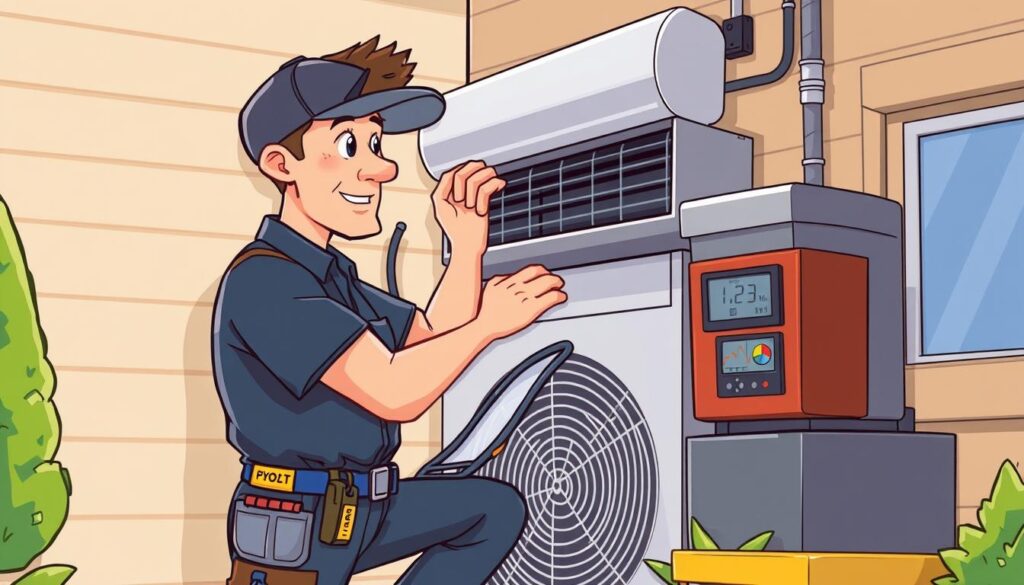
Certain air conditioning problems require the expertise of a professional HVAC technician to diagnose and fix. While many issues can be resolved with DIY troubleshooting, certain problems necessitate specialized equipment and expertise.
For instance, if you suspect a refrigerant leak, it’s crucial to contact an HVAC professional right away. Refrigerant-related problems, including leaks and recharging, should always be handled by professionals as refrigerant is regulated and requires proper certification to handle.
Other signs that it’s time to call a professional include:
- If your system is blowing hot air despite checking filters, thermostat, and power issues.
- Persistent unusual noises (grinding, squealing, or banging) that indicate mechanical issues.
- When your evaporator coil repeatedly freezes even after ensuring proper airflow and clean filters.
Regular professional maintenance twice yearly can prevent many common problems that cause your air conditioning to stop blowing cold air. The cost of professional HVAC service is often offset by extended equipment life, improved energy efficiency, and the prevention of more expensive emergency repairs during extreme heat.
When selecting an HVAC professional, look for proper licensing, insurance, experience with your specific type of system, and positive customer reviews.
